Daylight Saving kicks off Sunday
Debate to end it, keep it sees no end
March 6, 2020
People across America will turn their clocks forward Sunday marking the start of Daylight Saving Time and the continuance of a not-so-new debate.
It was originally put in place to conserve the fuel needed to produce electric power; the U.S. adopted it in 1918.
Today, most states still observe the practice, with the exceptions of Hawaii and Arizona and a number of U.S. territories.
And due to the nature of the laws that initially put daylight saving in place, any state wishing to change how they operate must get approval from the federal government.
Indiana, for example, has had a long series of policy changes in regards to daylight saving.
After switching back and forth several times throughout the years, the state government made it optional, so some counties observe daylight saving while others do not.
In 2019, 54 percent of Americans supported the concept of ending daylight saving in all states and territories.
In November 2019, the Illinois Senate passed Senate Bill 533, which proposed that “daylight savings time shall be the year-round standard time of the entire State.”
The bill is still in the process of being examined by the House, which may take some time.
Despite the national consensus that ending daylight saving would be a good thing, the idea of ending it in just one state has raised some concerns, especially for those who live near the borders of other states.
Grace Osborn, junior biology major, was worried that it might be an issue for the people in her home town.
“It might affect access to medical care in my area,” Osborn said, explaining how the closest hospital to her home is in Indiana.
In big cities like Chicago and Louisville, many residents commute out of the state for work each day and need to be able to get there on time.
Most Indiana counties on the Illinois border still observe daylight saving, and they are in the Eastern time zone while Illinois is on Central time.
With that time difference of an hour, the additional difference of daylight saving would mean that there was a two hour time discrepancy.
This would make getting to work and other appointments difficult as people would have to get ready so many hours earlier.
However, many people do still think that leaving daylight saving behind is a good choice.
Elizabeth Taylor can be reached at 581-2812 or egtaylor2@eiu.edu.

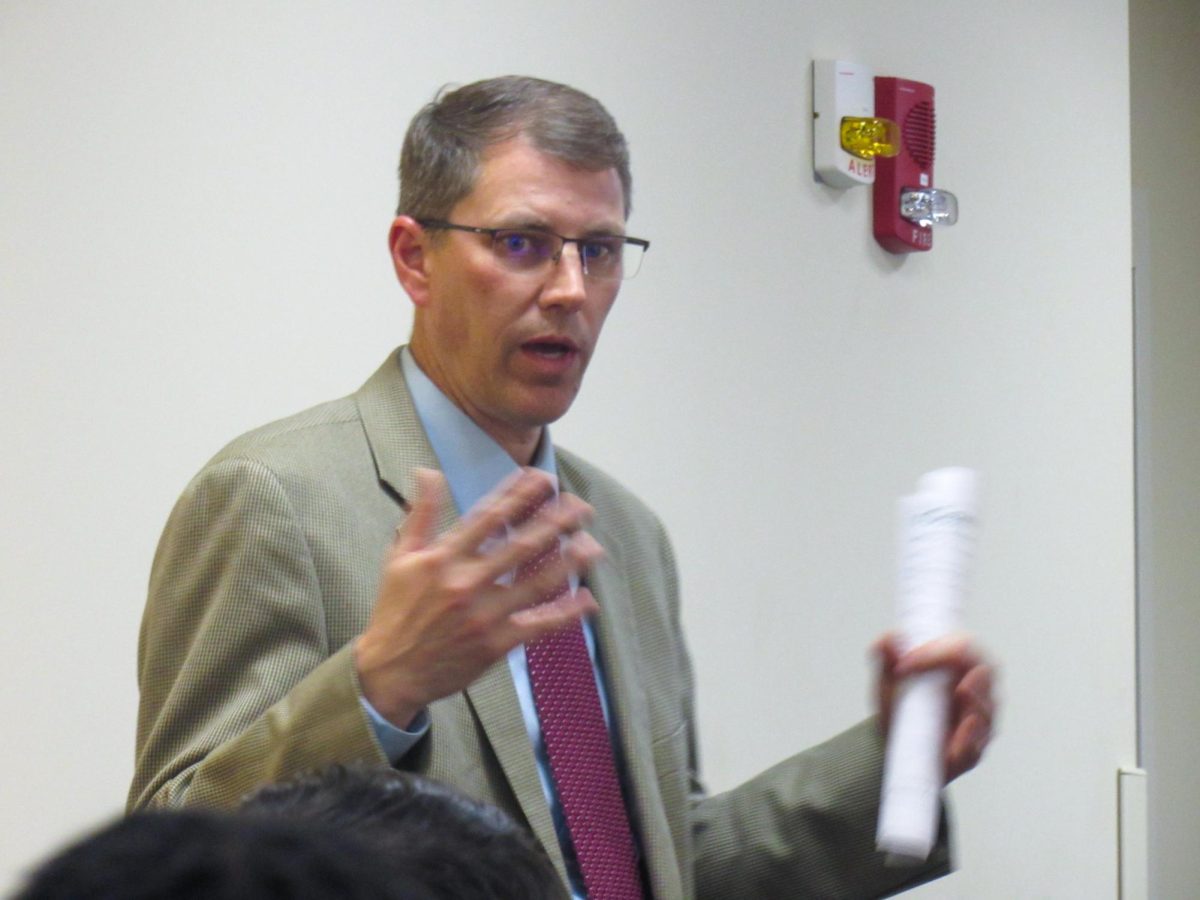
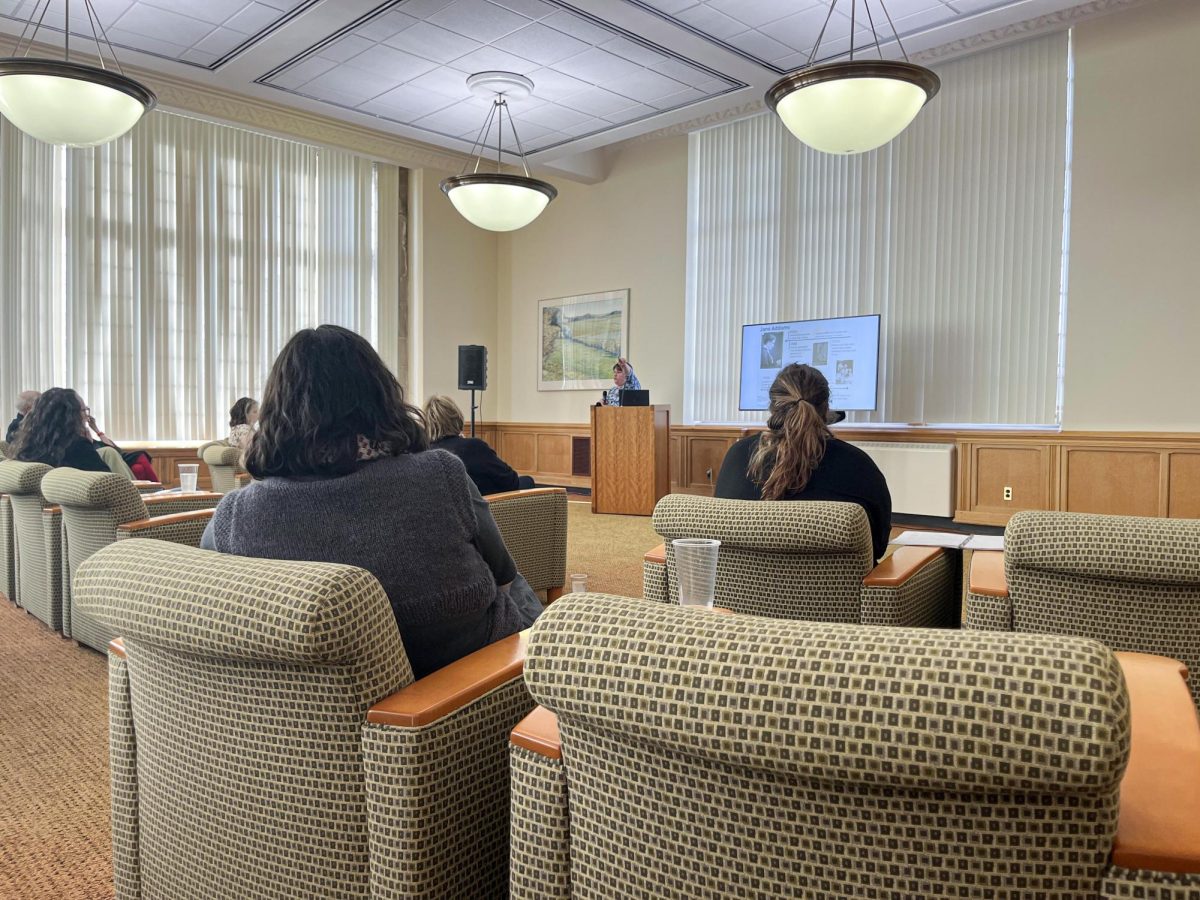

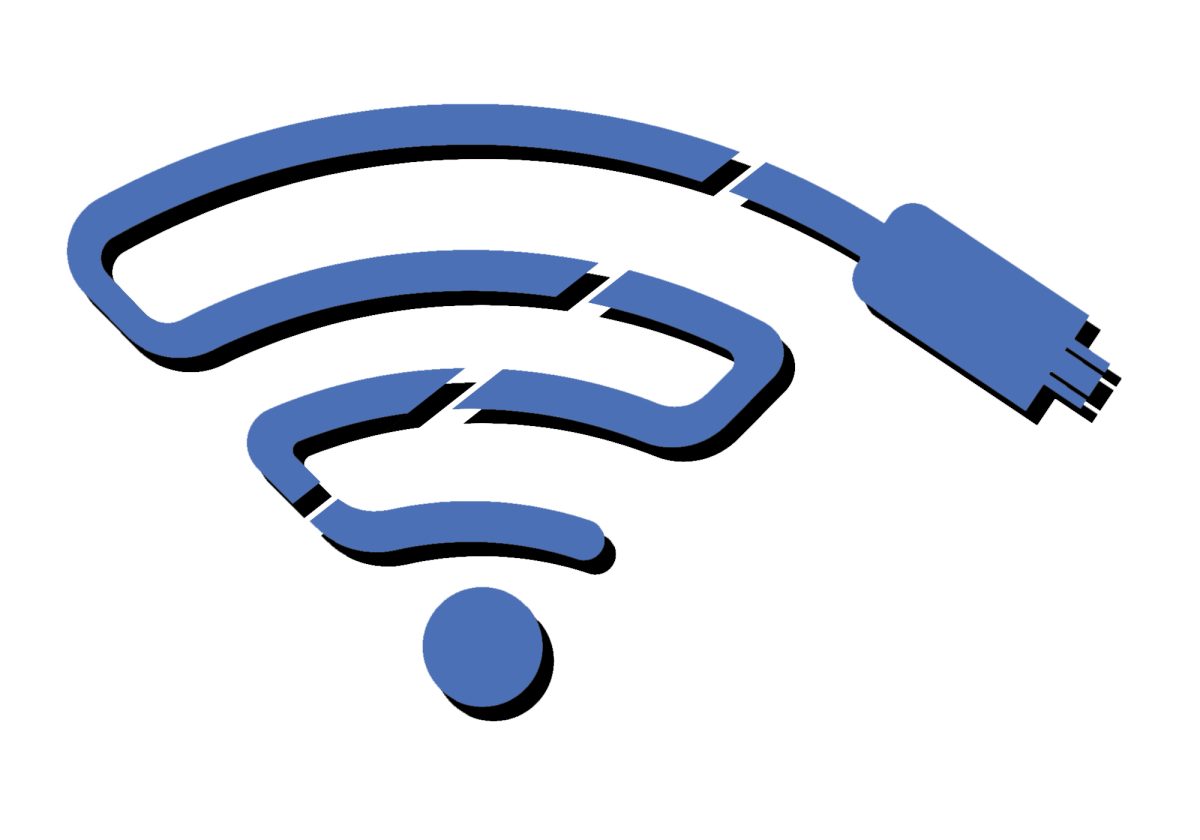
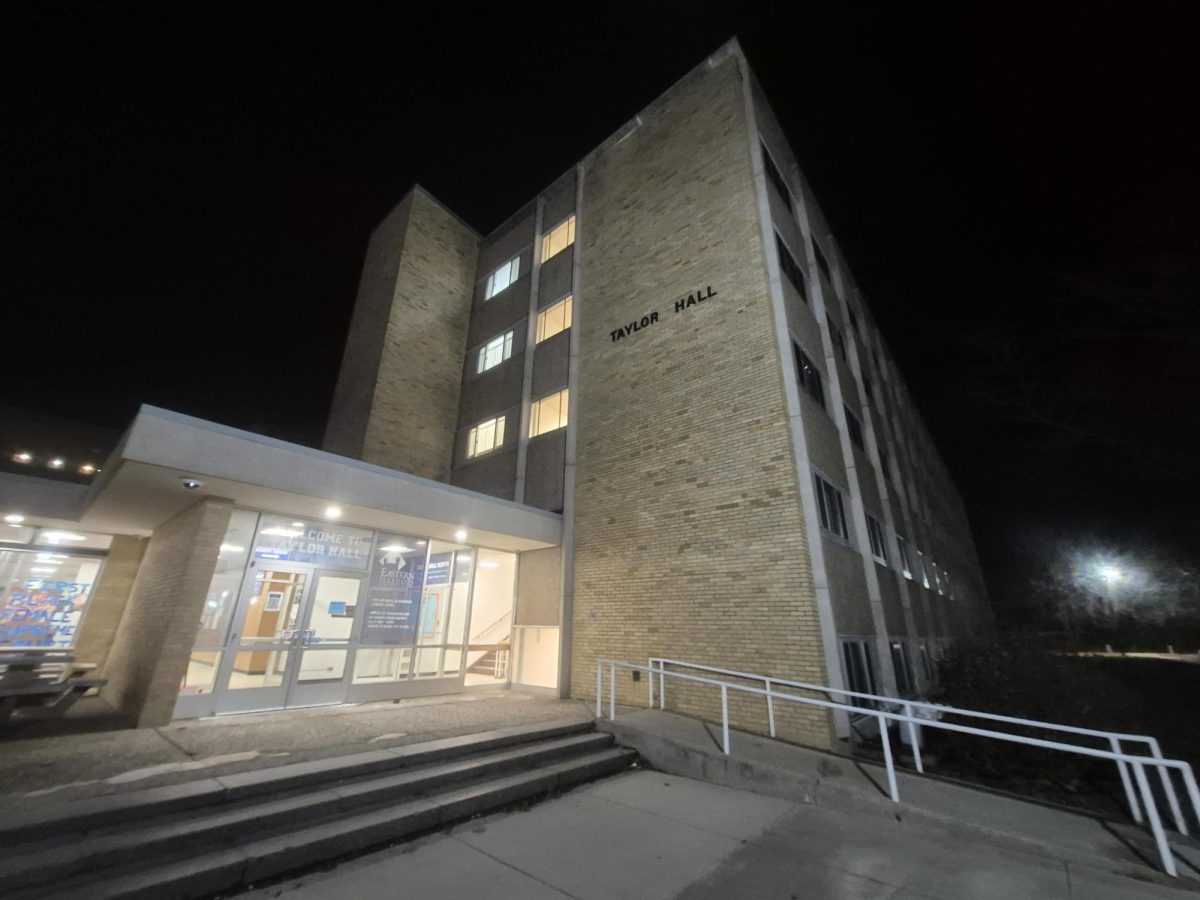



![[Thumbnail Edition] Eastern Illinois University baseball's hitting coach and recruiting coordinator Mike Pugliese urges players on the team to increase their effort after a slow start to its pregame routine at the team's first intrasquad scrimmage of the season at O'Brien Field on Jan. 31, 2025.](https://www.dailyeasternnews.com/wp-content/uploads/2025/03/BB_02_O-1-e1741909628540-1200x702.jpg)
![[Thumbnail Edition] Senior tennis player Luisa Renovales Salazar hits the tennis ball with her racket at the Darling Courts at the Eastern Illinois University campus in Charleston, ILL.](https://www.dailyeasternnews.com/wp-content/uploads/2025/03/Tennis_01_O-1-e1741807434552-1200x670.jpg)
![[Thumbnail Edition] Senior right-handed pitcher Tyler Conklin pitching in the Eastern Illinois University baseball team's intrasquad scrimmage at O'Brien Field in Charleston, Illinois on Jan. 31.](https://www.dailyeasternnews.com/wp-content/uploads/2025/03/TC_01_O-e1741567955534-1200x669.jpg)




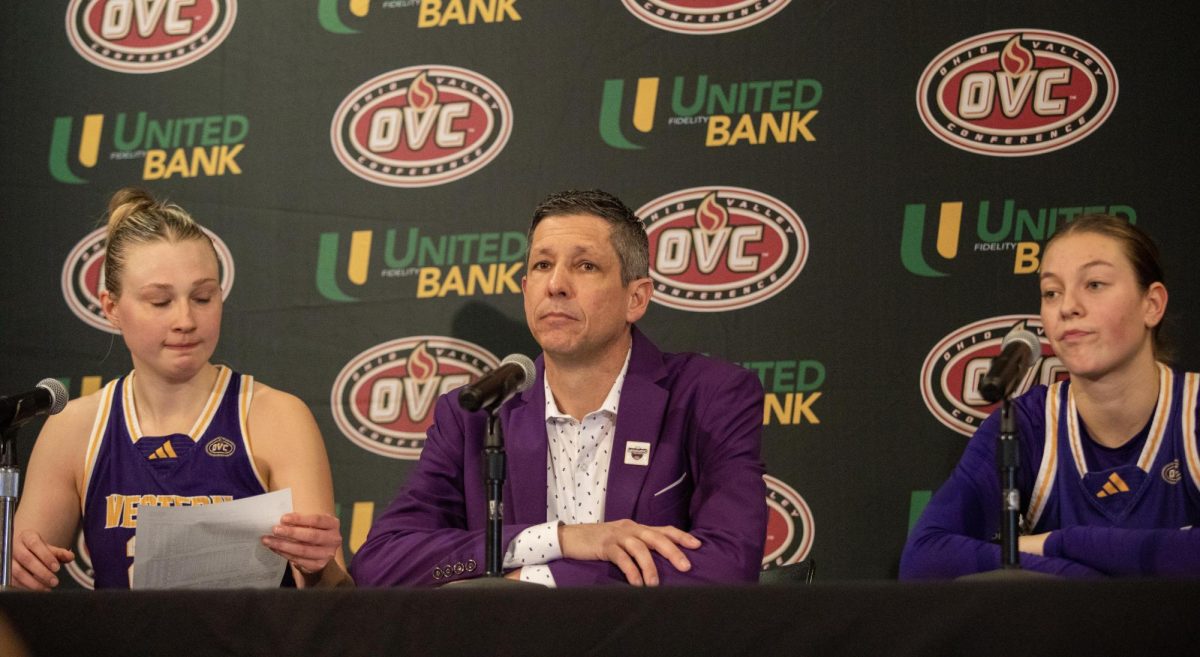
![[Thumbnail Edition] Senior, forward Macy McGlone finds an open teammate to pass the ball too during the game against the Tennessee State Tigers 69-49, in Groniger Arena on the Eastern Illinois University campus, Charleston Ill.](https://www.dailyeasternnews.com/wp-content/uploads/2025/03/WBB_02_O-1-e1741228987440-1200x692.jpg)


















![E[Thumbnail Edition] Eastern Illinois softball freshman utility player Abbi Hatton deciding to throw the softball to home plate in a fielding drill during softball practice at the field house in Groniger arena on Tuesday Feb. 11.](https://www.dailyeasternnews.com/wp-content/uploads/2025/03/SB_03_O-e1741208880750-1-e1741209739187-1200x815.jpg)















![The Weeklings lead guitarist John Merjave [Left] and guitarist Bob Burger [Right] perform "I Am the Walrus" at The Weeklings Beatles Bash concert in the Dvorak Concert Hall on Saturday.](https://www.dailyeasternnews.com/wp-content/uploads/2025/03/WL_01_O-1200x900.jpg)
![The team listens as its captain Patience Cox [Number 25] lectures to them about what's appropriate to talk about through practice during "The Wolves" on Thursday, March 6, in the Black Box Theatre in the Doudna Fine Arts Center in Charleston, Ill.](https://www.dailyeasternnews.com/wp-content/uploads/2025/03/WolvesPre-12-1200x800.jpg)




















